

xijian / iStock / Getty Images
In this guide, we break down the best and most popular essential oils on the market today. Keep reading to discover the many different types of essential oils, their uses, and incredible benefits.
What are Essential Oils?
Essential oils are potent, highly concentrated extracts from plants. Many of them have been used for centuries with the primary objective of promoting wellness and wellbeing. Aside from that, they are also an excellent way to connect with an ancient and profound part of nature.
Essential oils provide a natural alternative to chemical products made with synthetic components, which can often be unsafe or untrustworthy. For many people, this makes plant therapy a better option for body care, or home use. Common uses of essential oils include aromatherapy, taking care of your skin, easing muscle pain, or merely cleaning and perfuming your home.
Our Favorite Essential Oils for Wellness
You may not know it yet, but essential oils can be used to enhance many day-to-day activities. You can find countless synergistic practices for the best essential oils to use in your daily routine. Let’s take a look at our favorite essential oils and what makes them so great.
Each product featured here has been independently selected by the writer. If you make a purchase using the links included, we may earn commission.
Peppermint
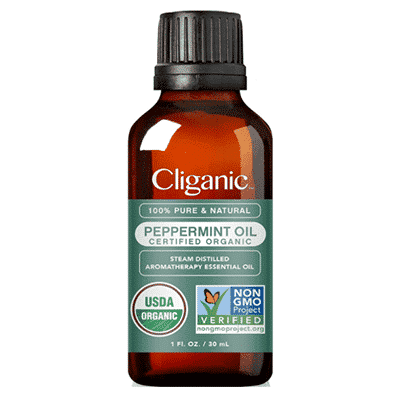
cliganic.com
Peppermint essential oil is extracted from the plant before it actually blooms, which is why it is much more concentrated than other essential oils. Its main ingredient is menthol and is trendy in cosmetics since it brings significant benefits to the skin, hair, and of course, your general well-being.
Eucalyptus

svanaturals.com
Eucalyptus essential oil has a fresh, camphoric aroma and a low tone of sweet wood; its infusions and the inhalation of its vapors are used against catarrhal processes. It has stimulating, clearing, and antiviral effects. It is also a great expectorant and nasal decongestant.
Chamomile
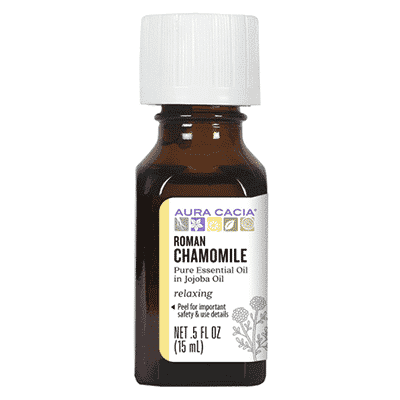
auracacia.com
Chamomile contains mainly anti-inflammatory properties, but it is also an effective antipruritic, making it an excellent anti-itch medication. Roman chamomile is also known for its mental benefits, including potential relief from stress, anxiety, and insomnia.
Tea Tree
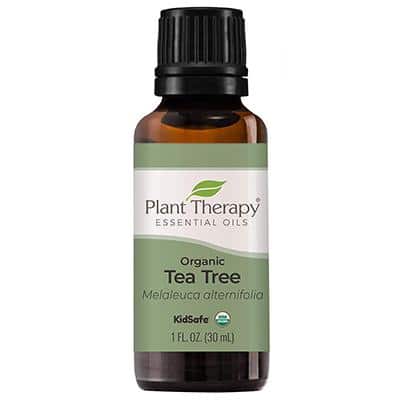
planttherapy.com
Tea tree oil comes from steaming the leaves of the Australian tea tree. It is useful in strengthening the immune response against influenza epidemics and in disinfecting the skin in case of wounds.
Geranium
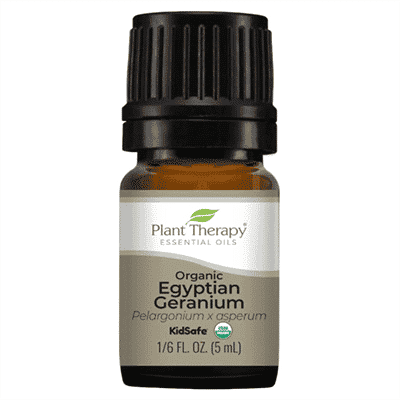
planttherapy.com
Geranium is an essential oil used to treat acne, sore throat, anxiety, depression, and insomnia. Distilled from the leaves of the Geranium plant found in places like Egypt and Madagascar, you’ll be able to identify it by its distinctive pink color and herbaceous scent.
Frankincense
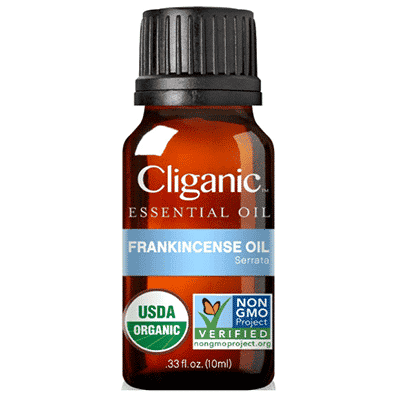
cliganic.com
Frankincense is called The King of the essential oils because of its many different benefits, including skincare treatments, the strength of cellular health, immunity, and inflammatory response. The particular aroma of this oil gives an atmosphere of relaxation, peace, and satisfaction, which explains why some of the most ancient civilizations used it for their rituals and ceremonies.
Jojoba

cliganic.com
Jojoba oil is great for hair, skin, and nails, and helps balance oily and acne-prone skin, making it one of the most popular ingredients of moisturizers throughout the last decade. It can also be used to help hydrate your hair or as a massage oil.
Ylang Ylang

planttherapy.com
Ylang Ylang is the most efficient essential oil extracted from the Cananga tree (Cananga odorata), found in countries like Indonesia, Malaysia, and Australia. It is known as a great promoter of skin and hair care, with uses that range from sun protection to soften the skin. Due to its ability to create calm atmospheres, this oil is used in anxiety and depression treatments, and is also an excellent natural insect repellent.
Bergamot

gyalabs.com
Bergamot, which comes from the bergamot orange citrus plant, is used for its aroma and flavor in some perfumes. This essential oil is known for having benefits in skincare treatments, offering cleaning and purifying effects, as well as its calming benefits.
Clary Sage

healingsolutions.com
Clary sage is recognized for its properties that promote female health during the menstrual cycle, relieving abdominal pain and contributing to a healthy nervous system. Similar to lavender, Clary Sage can help with rest and relaxation as well.
Lavender
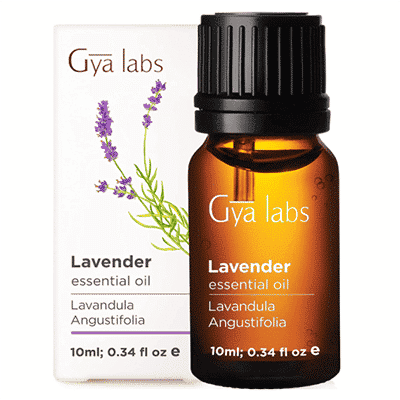
gyalabs.com
Lavender essential oil is made from distilling the fresh flowers of several species of lavender. Its appearance varies between being colorless, yellow, or somewhere on a yellowish-green spectrum. It has a pleasant aroma but a bitter taste. Its relaxing, uplifting, and revitalizing effects can help improve your mood.
Patchouli

nowfoods.com
Patchouli, an aromatic oil obtained from a Southeast Asian shrub, is used in perfumery, insecticides, and medicine. From mouthwashes to soaps, it is highly appreciated for its scent and is known as a grounding and calming aroma.
What to Look for in the Best Essential Oils
Getting started in the world of essential oils can be overwhelming due to the amount of information, uses, interpretations, and varieties that are available. That is why having concise information on what to look for in your oils will always result in a better experience.
Three factors you should always consider when looking for essential oils are the quality, the price, and the bottle.
Quality
The best aromatherapy oils must be 100% pure and organic with a scent that properly corresponds to the part of the plant from which it was extracted. If that is not the case, you may have reason to suspect that the oil is a sham that contains additives or fillers. One important factor in quality is the extraction method. Look for products that are USDA-certified organic whenever possible to be sure that the plants and flowers used are free from pesticides.
The extraction method is the process used in order to achieve the separation of aromatic compounds from the physical plant. These processes largely determine the quality standard of the final product. Find an oil extracted by the following organic methods to guarantee that toxic solvents sometimes used for such separation are not in your essential oil.
The first is cold-pressed extraction. This is the more popular option for essential citrus oils, and works by exposing the skin of the fruit or pericarp to mechanical pressure.
Steam distillation, which works by subjecting bits of plant matter to a stream of water vapor, is the other preferred extraction method. The essence is condensed in this process and then collected by separating it from the water. While there are other methods to distill essential oils, these are the best to guarantee quality.
Pricing
Next up is the question of pricing. While we can be wary of the “higher price, higher quality” theory in some products, you shouldn’t look to skimp on essential oils. Prices can also vary widely between different types of oils. It is rare to walk into a shop and find all of the essential oil extractions are priced the same. If the oils are truly 100% natural, they shouldn’t share the same price since not all plants are equally as accessible.
Costs can vary depending on the raw material used, transportation costs, and special storage requirements, making the final value vary a lot. For example, the number of roses required to extract an ounce of oil is quite high, unlike lavender which is much more accessible. This is why the price of these two oils will be very different if it is a 100% original extraction. You can find many popular essential oil brands like doTerra, Plant Therapy, Aura Cacia, and Vitruvi on Amazon that offer pure essential oils. Always be sure to check for the signs of quality when purchasing.
Bottle
Finally, the essential oil bottle should always be made of glass and carry a dark tint. Look for a blue, amber, or dark brown tonality. This is crucial because most essential oils are very volatile and evaporate quickly in contact with the light. Remember, plastic is the bigger enemy here. If quality matters to you, essential oils should be bottled and stored with the same care as you would expect with an expensive bottle of wine.
How Does Aromatherapy Work?
A Persian doctor, Avicenna, wrote extensively on health and wellness and is known as the father of aromatherapy. Still, it was actually René-Maurice Gattefosse (chemist and perfumer) who coined the term. This ancient practice is widely used around the world because its effects are rapid and widely recognized. For many people, tapping into the power of the mind, and calming the soul, is seen as a more desirable solution to their ailments than daunting prescriptions.
One interesting explanation for why aromatherapy may work for many people is that the part of the brain that associates odors is the same part of the brain that deals with memory. Stimulating this part of the brain generates a response in the body naturally. The smell is undoubtedly one of the most primitive senses since it allows messages to be sent through the nervous system to the limbic system, the part of the brain that controls emotions.
What are the Benefits of Essential Oils?
Inhaling or applying essential oils activates the hypothalamus, which is the brain area in charge of sending messages to other parts of the body. Benefits mentioned by consumers include promoting sensations of clear breathing, providing digestive well-being, boosting the immune system, creating a relaxing environment for rest, as well as contributing to a multitude of skin, hair, and teeth benefits.
Even though they are very rare, the few adverse side effects reported are mucous, skin, and eye irritations. Most of the cases recorded are due to inadequate storage conditions.
What is the Best Way to Use Essential Oils?
There are two main ways to best access the benefits of essential oils: aromatic application and topical application.
Aromatic Application
The first option involves the smelling or inhalation of your essential oil’s aroma through direct inhalation, diffusion, or evaporation. The last two are typically done through diffusers, humidifiers, or using essential oil burners. Essential oil diffusers are an easy and generally inexpensive way to enjoy your essential oil through a device that disperses essential oils into the air through evaporation, or steam. Ease of use, stream intensity, water capacity, and appearance are items to look for when buying one.
Using a diffuser is as simple as choosing the place where you will enjoy your aromatherapy session. It is important to be aware of any allergies or medical conditions of other people who may be around, and if there are children, pets, or pregnant women. Then fill the water tank of the diffuser with clean water at room temperature and add a few drops of the oil. The regular capacity of diffusers is 100ml and it is advisable to use 4 to 6 drops of your essential oil. This quantity varies depending on the taste of the person, the size of the room as well as its temperature.
Topical Application
Applying essential oils on the skin, or topical application, is another way to use them. But for this method, it is important to know which dilutions and carrier oils to use, so you don’t accidentally irritate the skin. The most common way to massage the oil onto the body is with a lotion, cream, roll-on, or carrier oil like coconut oil. This way the aromatic molecules are able to penetrate the skin.
In body massages the oil can be rubbed on pressure points such as your temples, wrists, forehead, or even feet. Again, being mindful of the dilution rate is key. Fifteen drops per one ounce of base oil are the standard for an adult, giving a 2.5% dilution rate. Warm compresses on the forehead and neck with a few drops are also recommended or applying approximately 2 -12 drops of essential oil to a bath, including the dispersing agent.
And remember, any questions or concerns you have about the composition, use, or effects of the oils as a treatment for any condition or simply their use for fun should be consulted with a certified doctor.
Discover the Benefits of the Best Essential Oils
Our ancestors used the natural world to take care of themselves and their families. As long as they’re created in an environmentally sustainable fashion, essential oils and essential oil blends can continue to serve us today by promoting mental, physical, and spiritual well-being.
Sarita Vanegas is a writer based in Medellín, Columbia, where she covers environmentally-friendly products, natural health, and plant-based remedies. A former Baselang teacher, she is also passionate about learning languages and exploring other cultures.
- What Are Essential Oils? - EcoWatch
- 4 Essential Oils for Anxiety That Are Worth a Try - EcoWatch
- 5 Essential Oil Recipes for All Your Spring Cleaning - EcoWatch
- 1 Pound of Essential Oil = 250 Pounds of Lavender - EcoWatch
- Essential Oils: 7 Common Questions Answered - EcoWatch
- 4 Best Portable Washing Machines of 2022

 233k
233k  41k
41k  Subscribe
Subscribe 